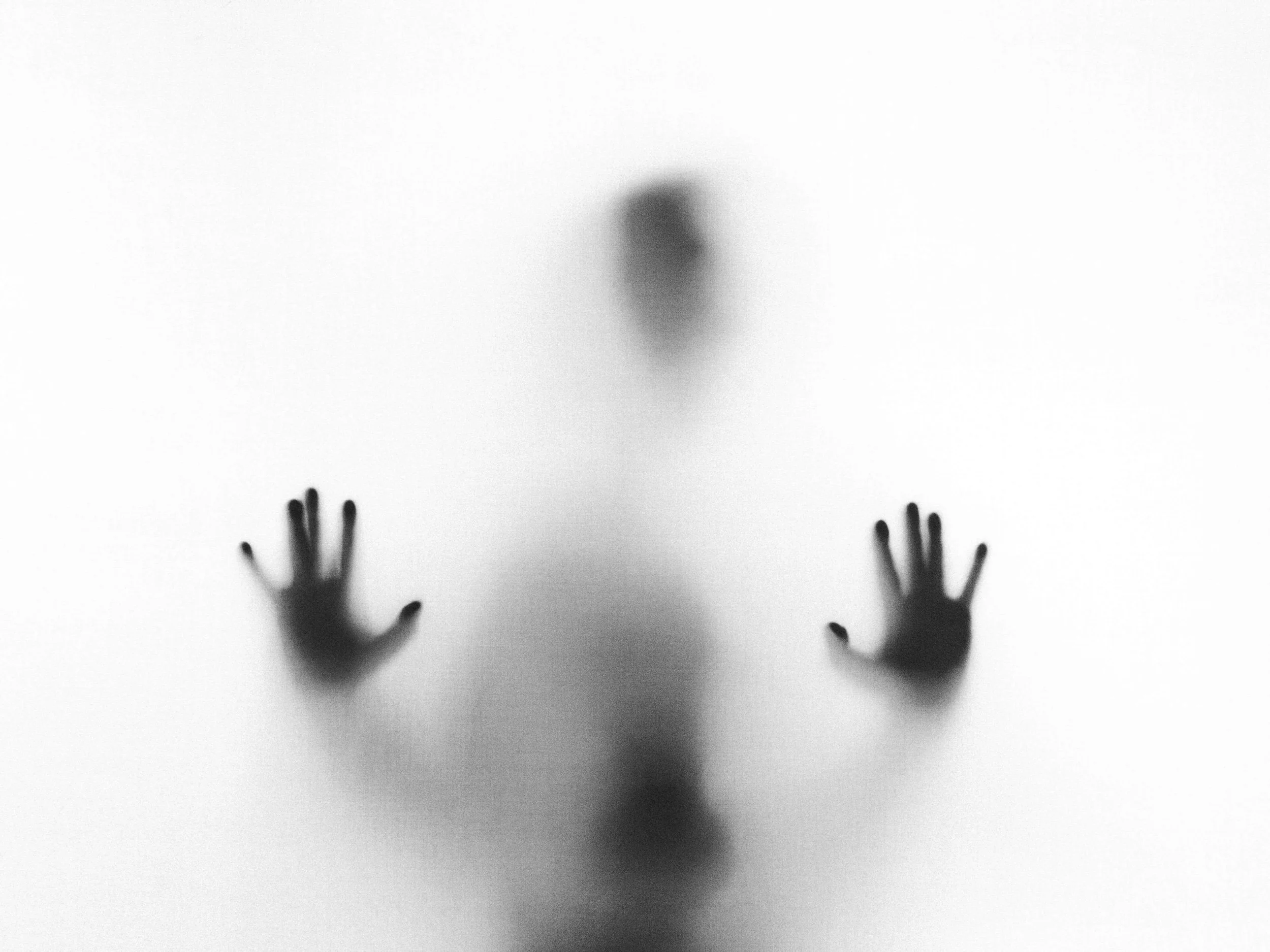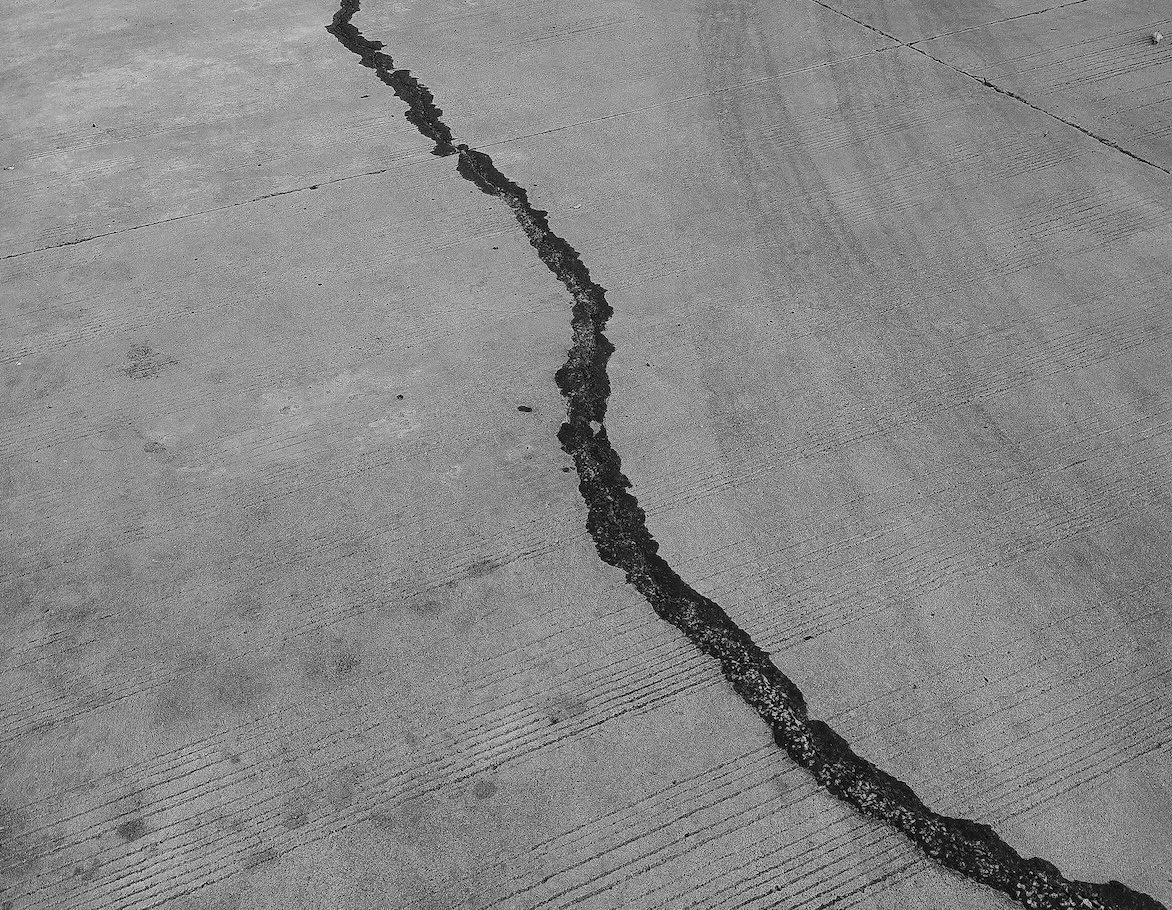What Marketers Should Know About Lapsed Customers...
Lapsed customers. We all have them. Even among our best customers, more than 10% can lapse in any year.
And from all the surveys and focus groups we do, we've come to understand that the key reason for this lies in poor customer service.
However, it turns out that we may not understand as much as we think.
I had the privilege of attending an excellent Brandworks University recently which explored the science behind habit, with such luminaries as Charles Duhigg, Phil Barden, and B.J. Fogg. The key point was that human behavior (including consumer behavior) is largely driven by habits, and habits are largely unconscious, a coming together of three elements - triggers, ease of action, and motivation.
Thinking about lapsed customers from this perspective suggests some intriguing possibilities.
every habit has a trigger or cue, which triggers the habit in our subconscious.
Customers can lapse if the habit is not triggered.
This famously happened to Tropicana, when a radical change in packaging design resulted in a 20% drop in sales. Although the design had researched well, it had inadvertently removed the cues which subconsciously triggered recognition of the brand - some customers literally didn't see it at the shelf-edge.
When we see customers lapse, we should consider whether we have somehow removed a trigger.
I experienced this in first-hand at fresh&easy Neighborhood Market. For markets, flyers are key triggers of behavior. When the Holidays approached, we changed the masthead of our flier from green to red, to reflect the season. However, sales suddenly dipped, and it turned out that customers just didn't see our flier, as it was the green masthead that triggered recognition. Switching back from red to green immediately put this right.
the easier an action is to take, the more likely it will become a habit.
Customers can lapse if the action becomes harder.
Amazon for example famously calculated that a slowdown of one second in the time it took a page to load could cost it $1.6 billion in sales each year. And Google found that by slowing its search results by just four tenths of a second they could lose 8 million searches per day.
When we see customers lapse, we should check if we have inadvertently made the action harder.
I found that this was often the case with supermarkets: gaps on the shelves, too much clutter, constantly changing layouts, and lines at the checkout all conspired to make the shopping trip unpredictable, and pushed customers away.
(The Push And Pull Of Customer Experience…)
Of course, prevention is better than cure, so the best approach is to focus continually on removing points of friction from the customer experience.
the higher the motivation, the more likely the habit is to form.
Customers can lapse if their motivation falls.
This is where the traditional explanation for lapsing comes in. While some is the result of competition or changing needs - who needs to buy diapers once their kids are potty-trained -, several surveys show that c.70% of lapsing is due to bad customer service.
Certainly, the more intense the experience of being treated badly, the more likely a customer is to lapse. And motivation is the hardest of the three elements of habit for marketers to change.
However, subconscious issues around triggers and ease of action are not revealed through surveys. Surveys reflect what people say, while subconscious issues are revealed more by what people don't say. Therefore, how many customers are lost through such issues is currently difficult to quantify.
But it's certainly something every marketer should know, as it's far easier to re-activate customers who have simply fallen out of the habit, rather than trying to change levels of motivation.
Indeed, one final thought struck home with me. Habits don't disappear, they remain with us in our subconscious - we can still ride a bicycle, even if we haven't got on one for many years.
So rather than lapsed or lost, we should perhaps think of them as latent customers, and find out how to get them cycling again...









